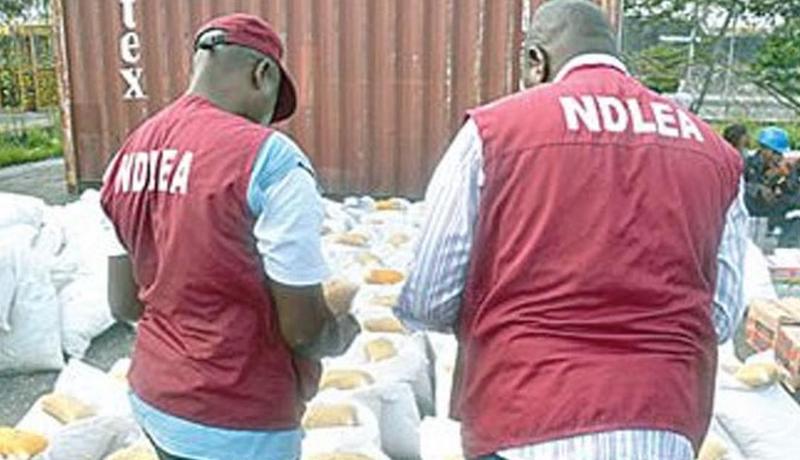
By Gift Oba
The National Drug Law Enforcement Agency, NDLEA, has said youths are now using nail polish and methylated spirit to achieve a state of ‘highness’.
The agency stated that conventional narcotic substances such as tramadol, codeine syrup and cannabis have grown pricey for some of the users.
Tijjani Rabe, the Ogun State Commander, disclosed this while receiving members of the National Association of Nigeria Students, NANS, at the command’s headquarters in Abeokuta.
Rabe, represented by the Deputy State Commander, Ekundayo Williams, lamented that the menace was a cause of concern for the families of victims, the society and Nigeria at large.
The Commander lamented that despite several sensitization and advocacy the agency was witnessing an increase on a yearly basis.
He said, “why are we worried? I want to take you back to the last survey carried out in 2018; that survey made us understand that 14.3 million Nigerians aged between 15 and 16 have used one substance in the previous years and from this survey we have an increase of 5.6 percent compared to what we had in 2016.
“The same survey made us understand that 20 percent of these 14.3 million people have drug disorders.
“We are made to understand that apart from these conventional drugs, people now use other non-conventional substances which mostly are household items like nail polish, methylated spirit and so on since they cannot afford to buy the conventional drugs and this has been found mostly among our youths”.
He stated that one out of every five abusers injects drugs with needles and syringes, lamenting that this gives room for the spread of blood-borne diseases like HIV and Hepatitis B.
The NDLEA boss, while stressing that the South-west region of the country has the highest rate of drug issues, pointed out that Ogun State tends to have more abusers due to the state’s largest number of tertiary institutions, populated by young people from diverse cultures and orientations.
He noted that the agency, in collaboration with sister organizations and other relevant stakeholders, have taken the sensitization and advocacy to schools, places of worship, markets, parks and rural communities.










